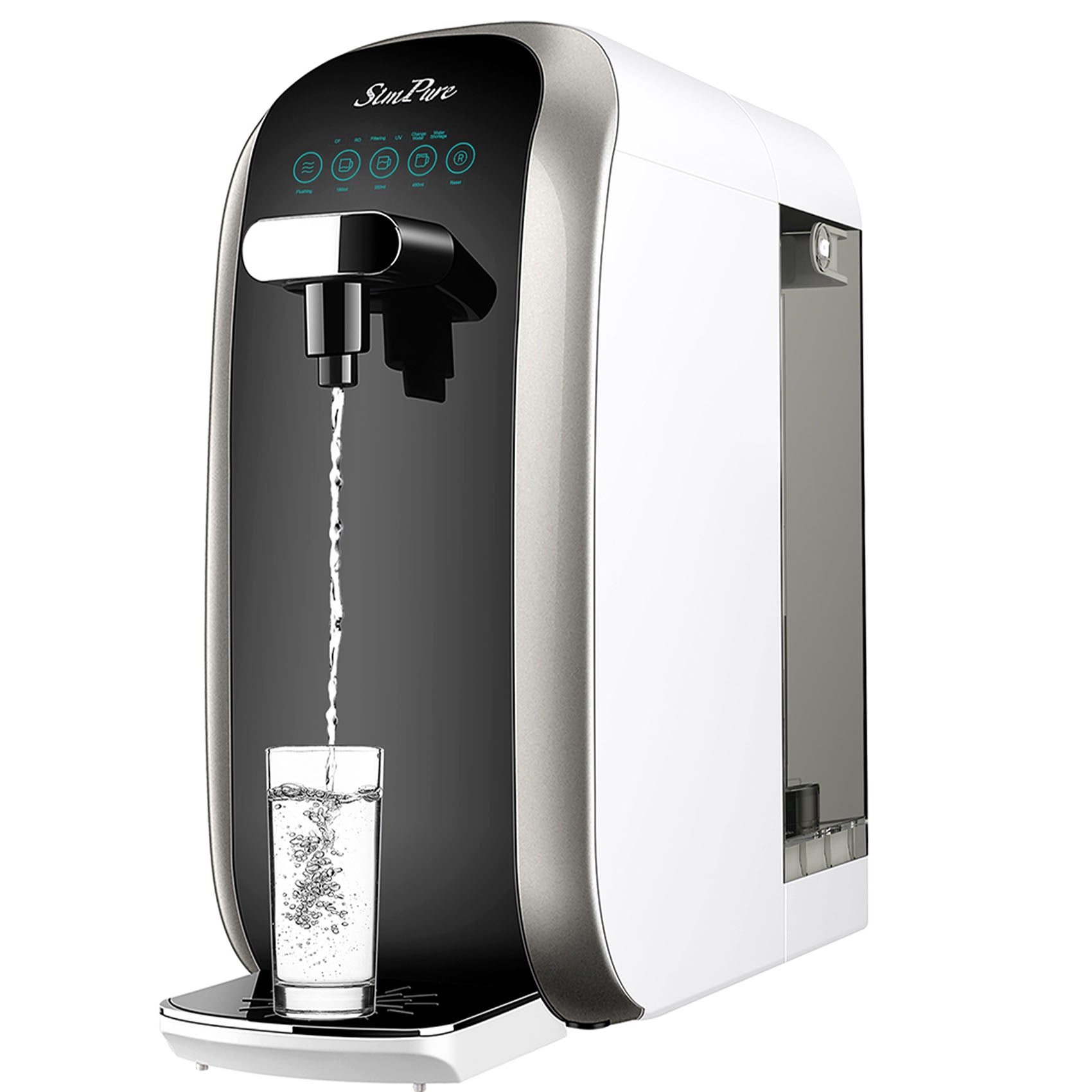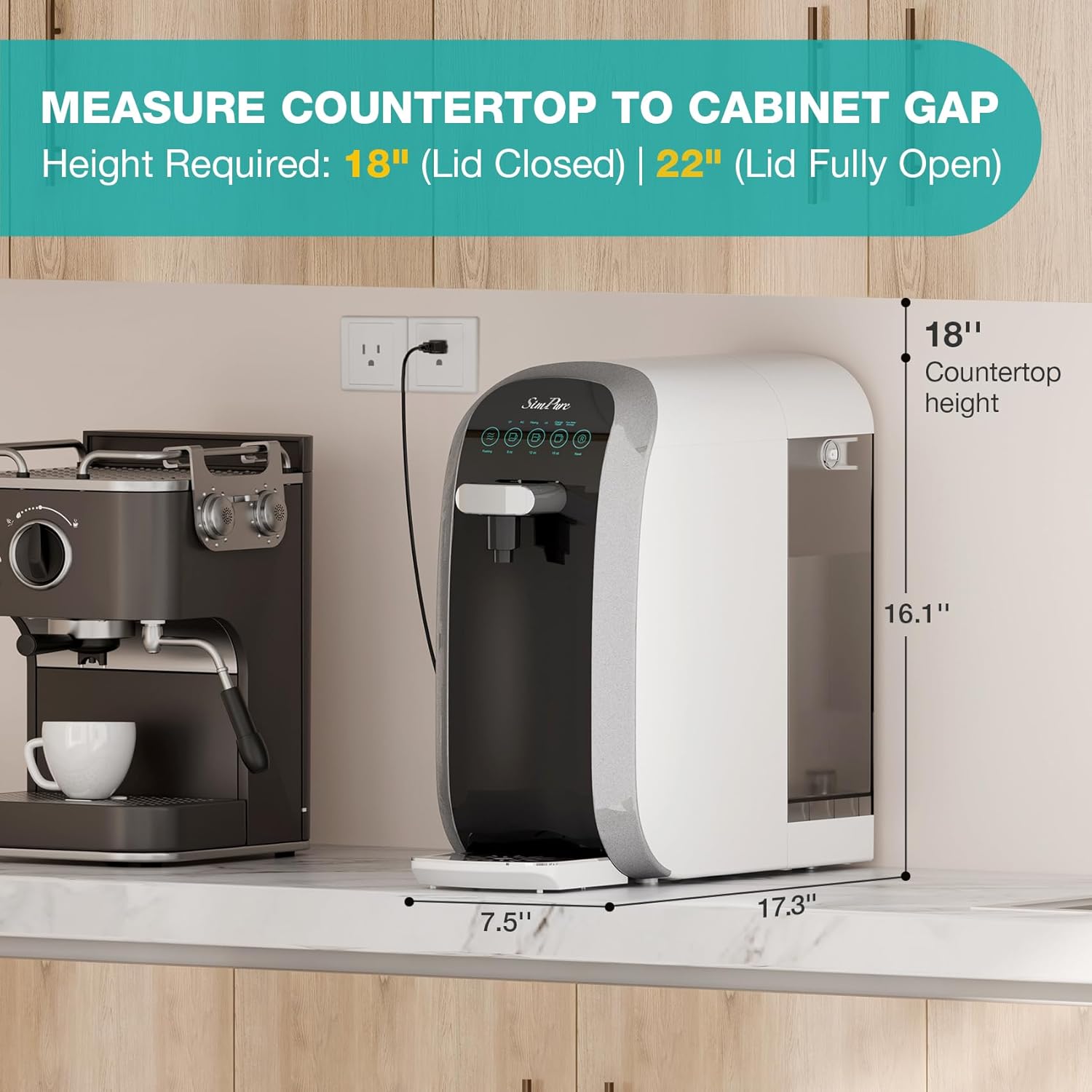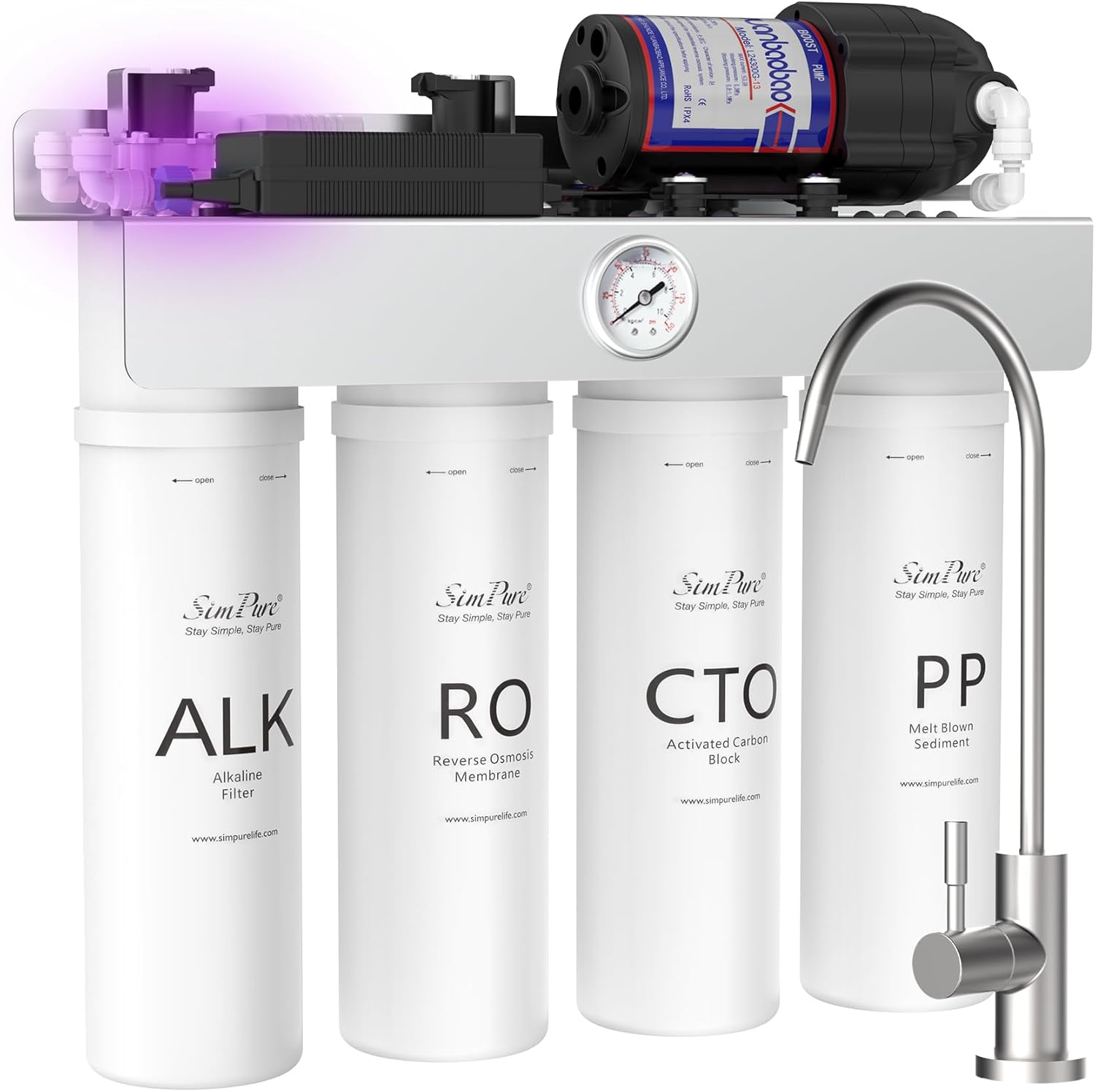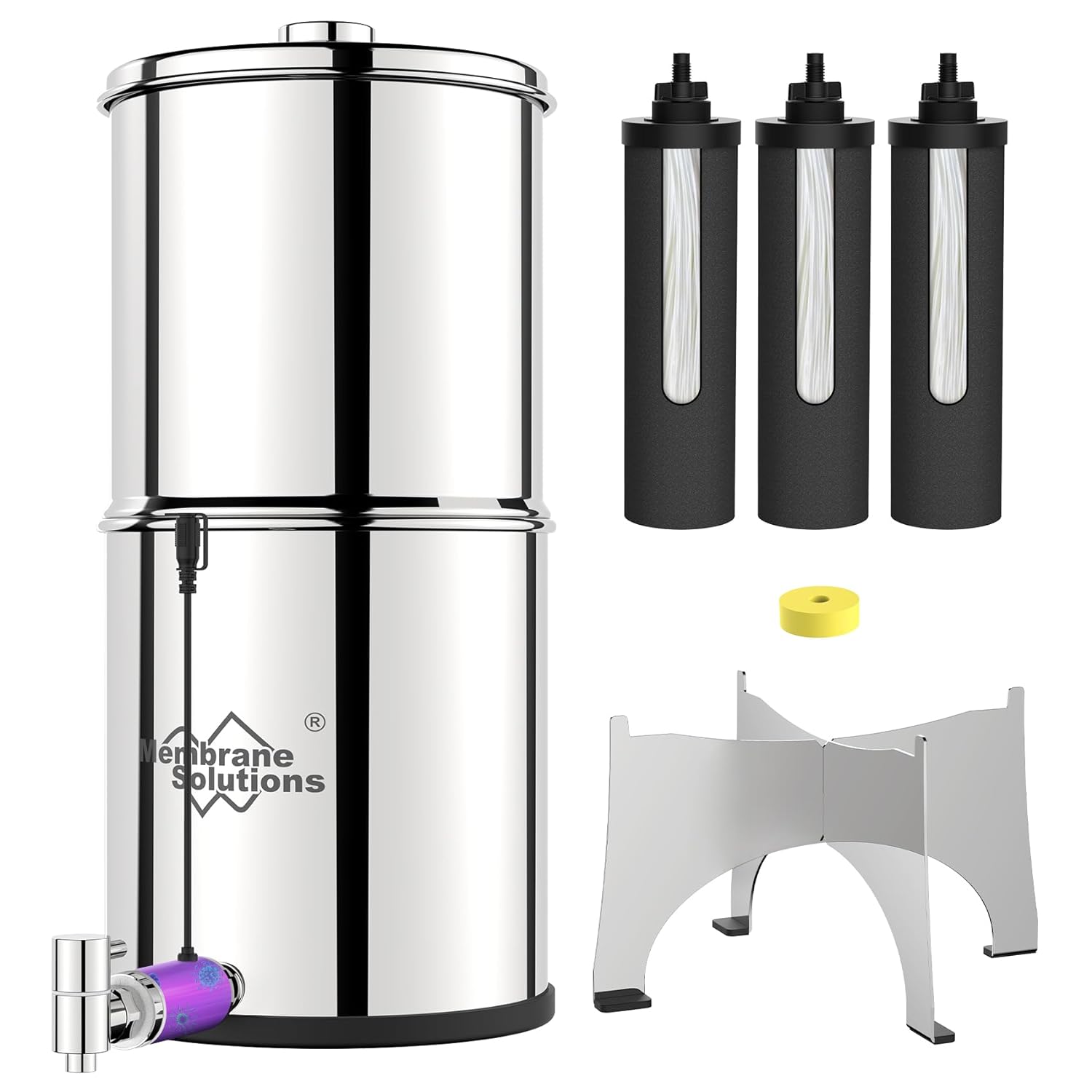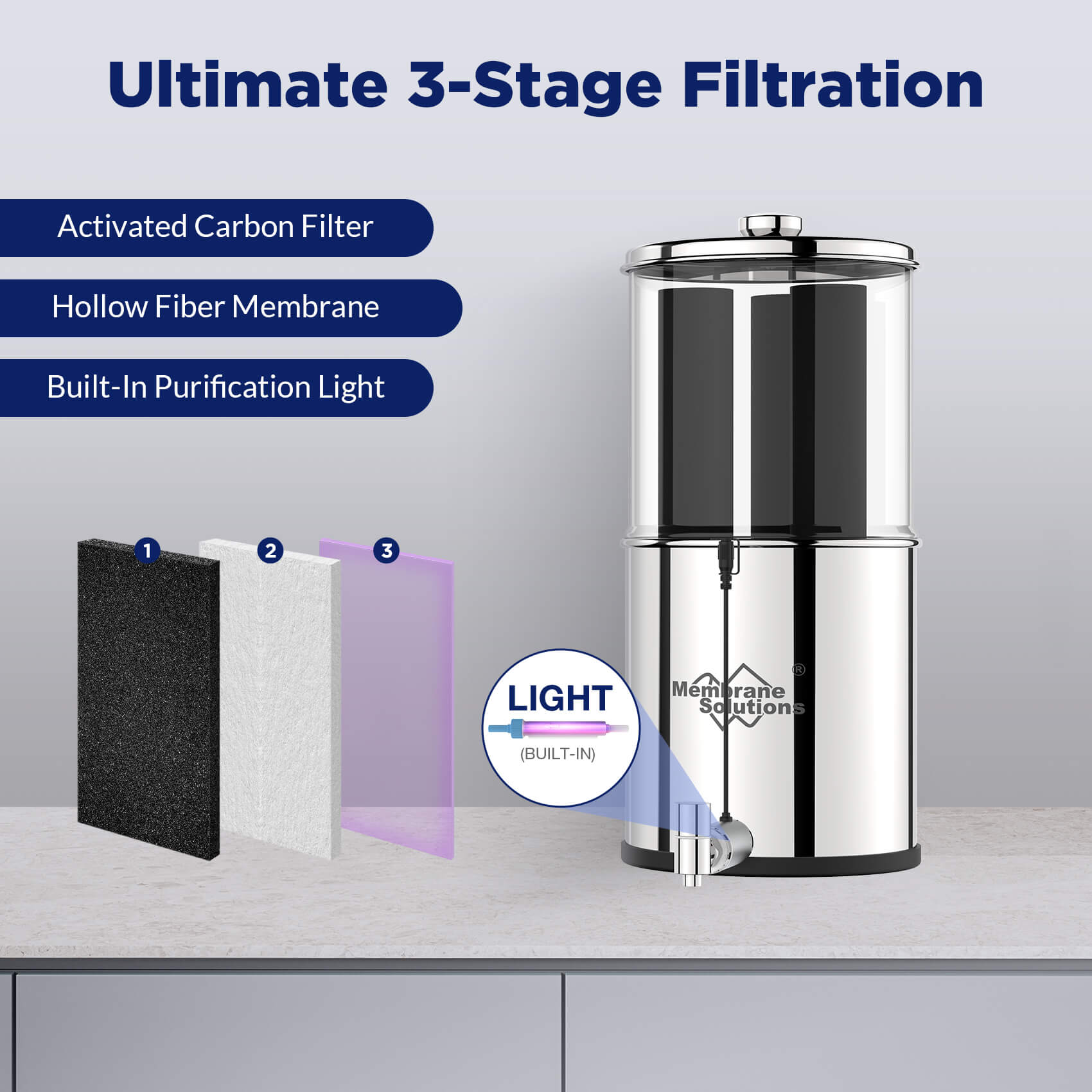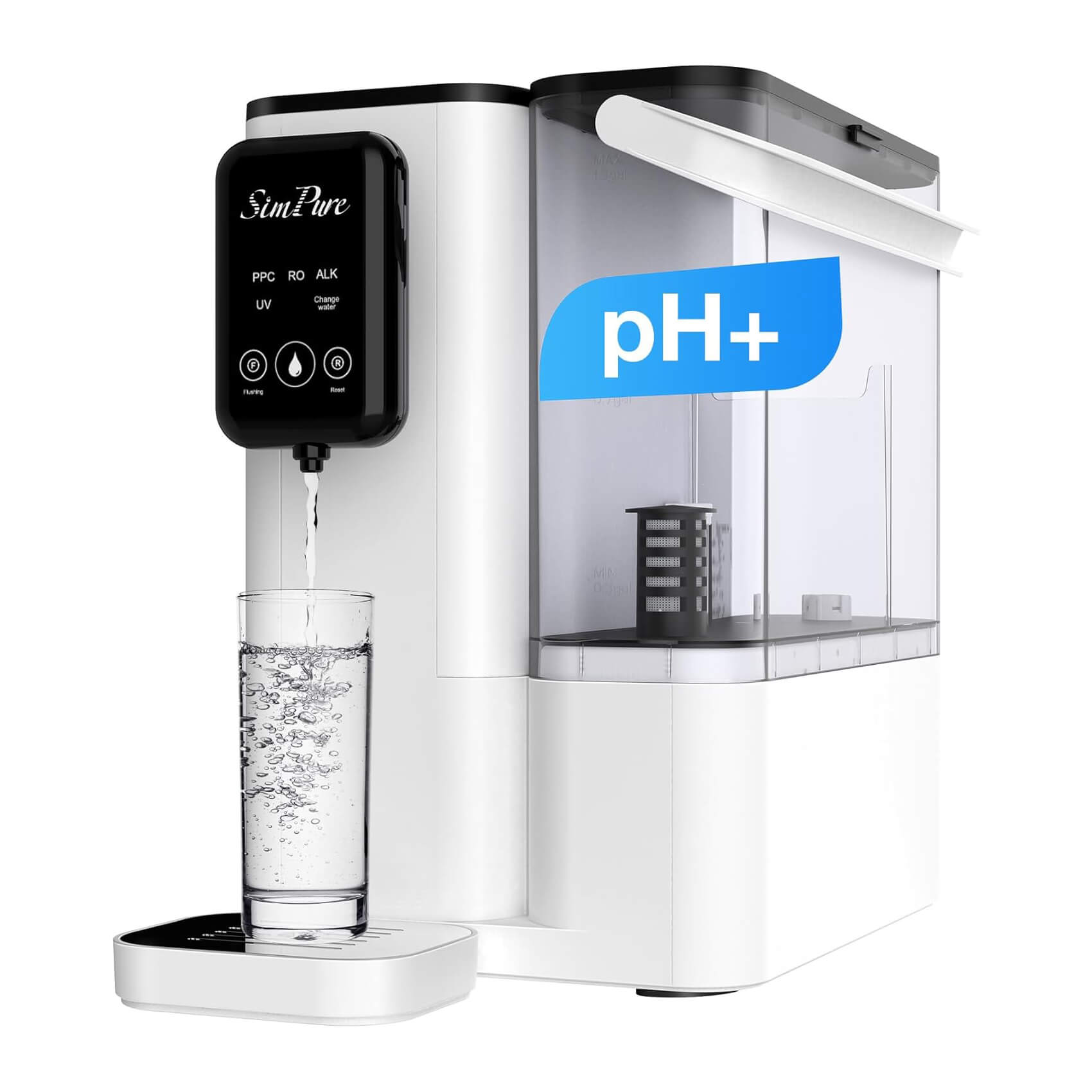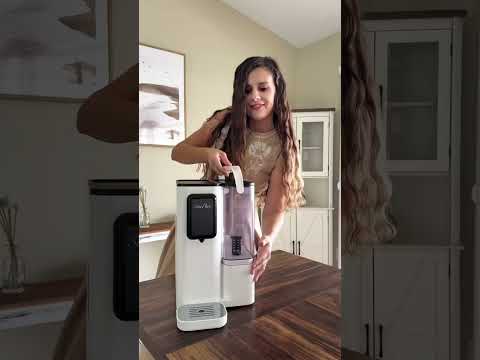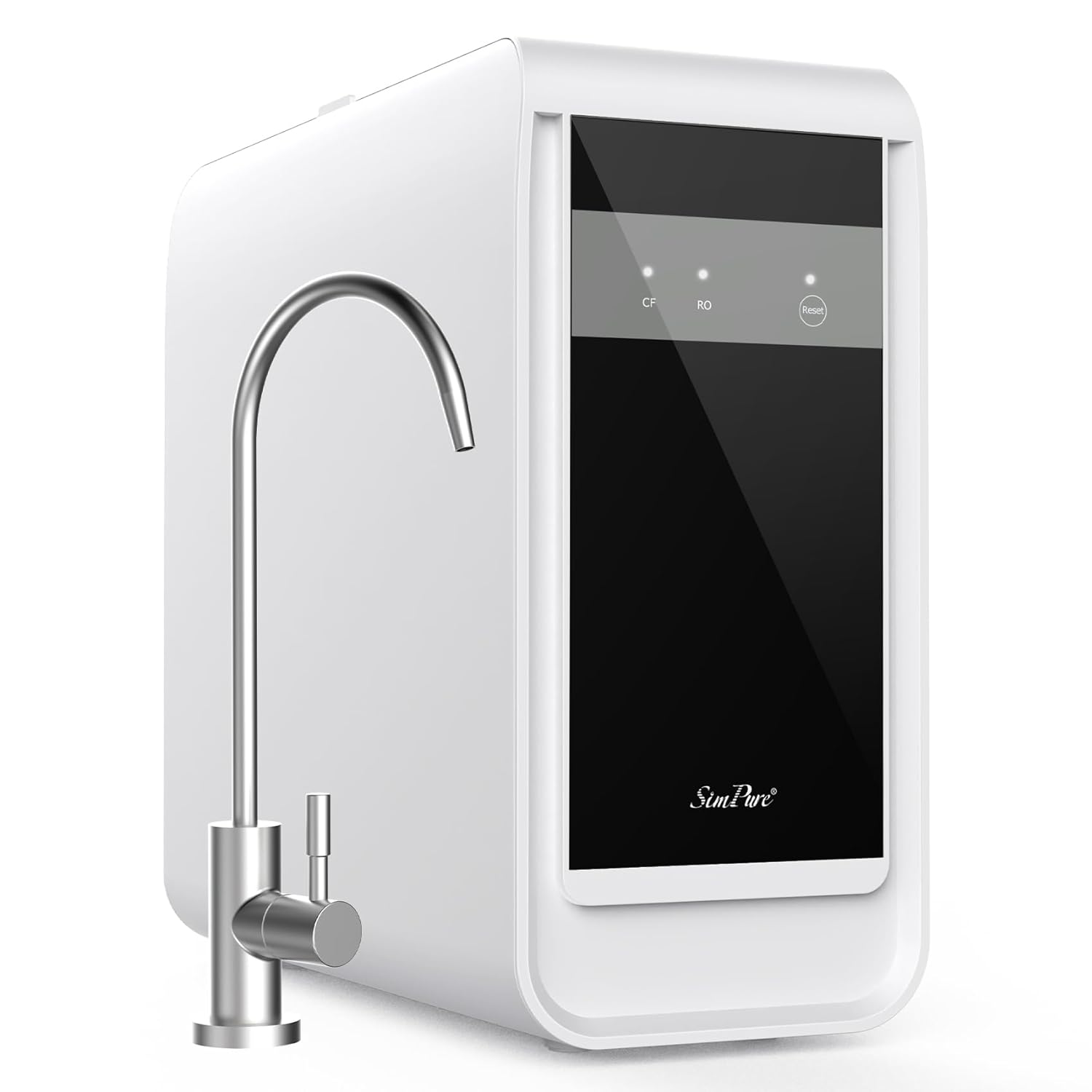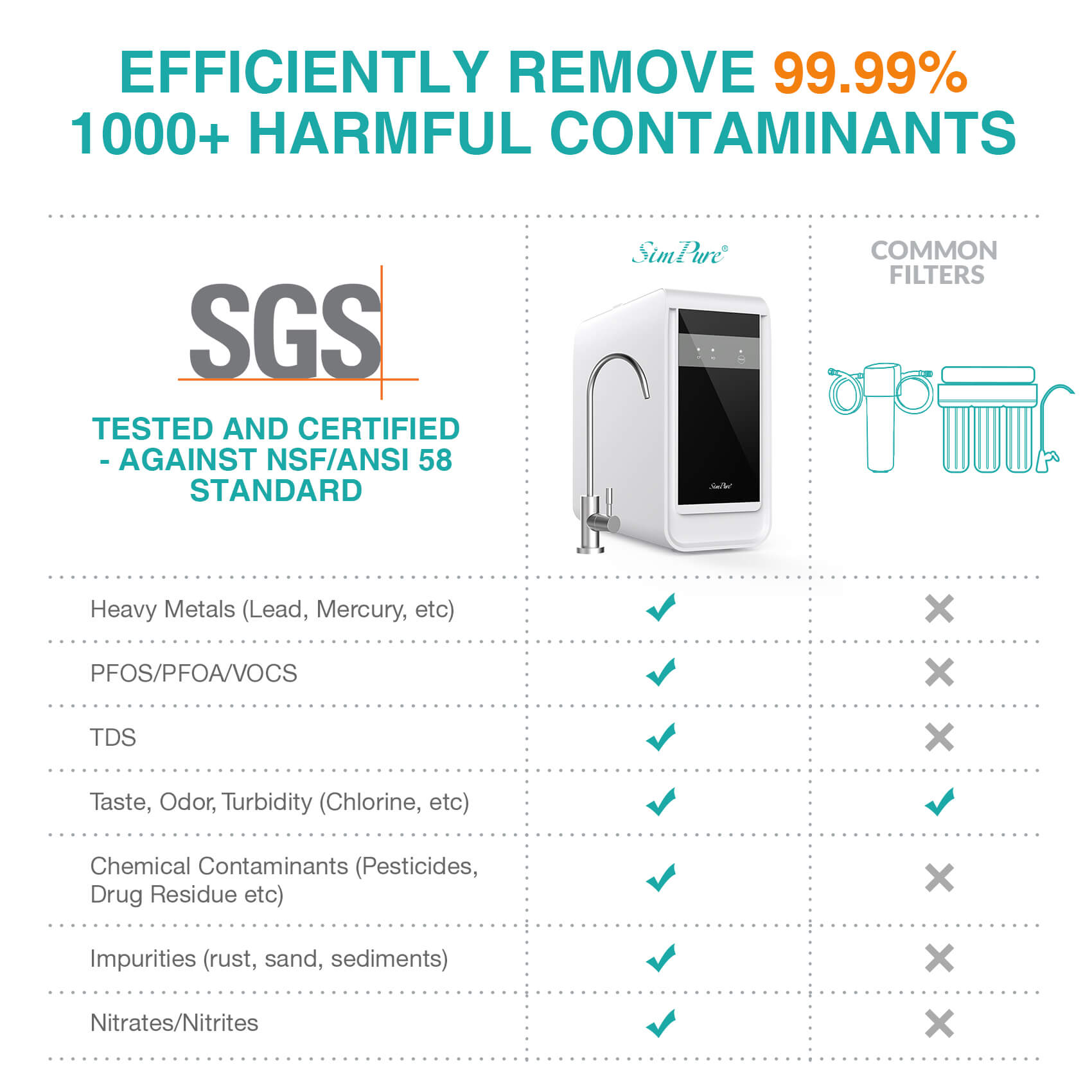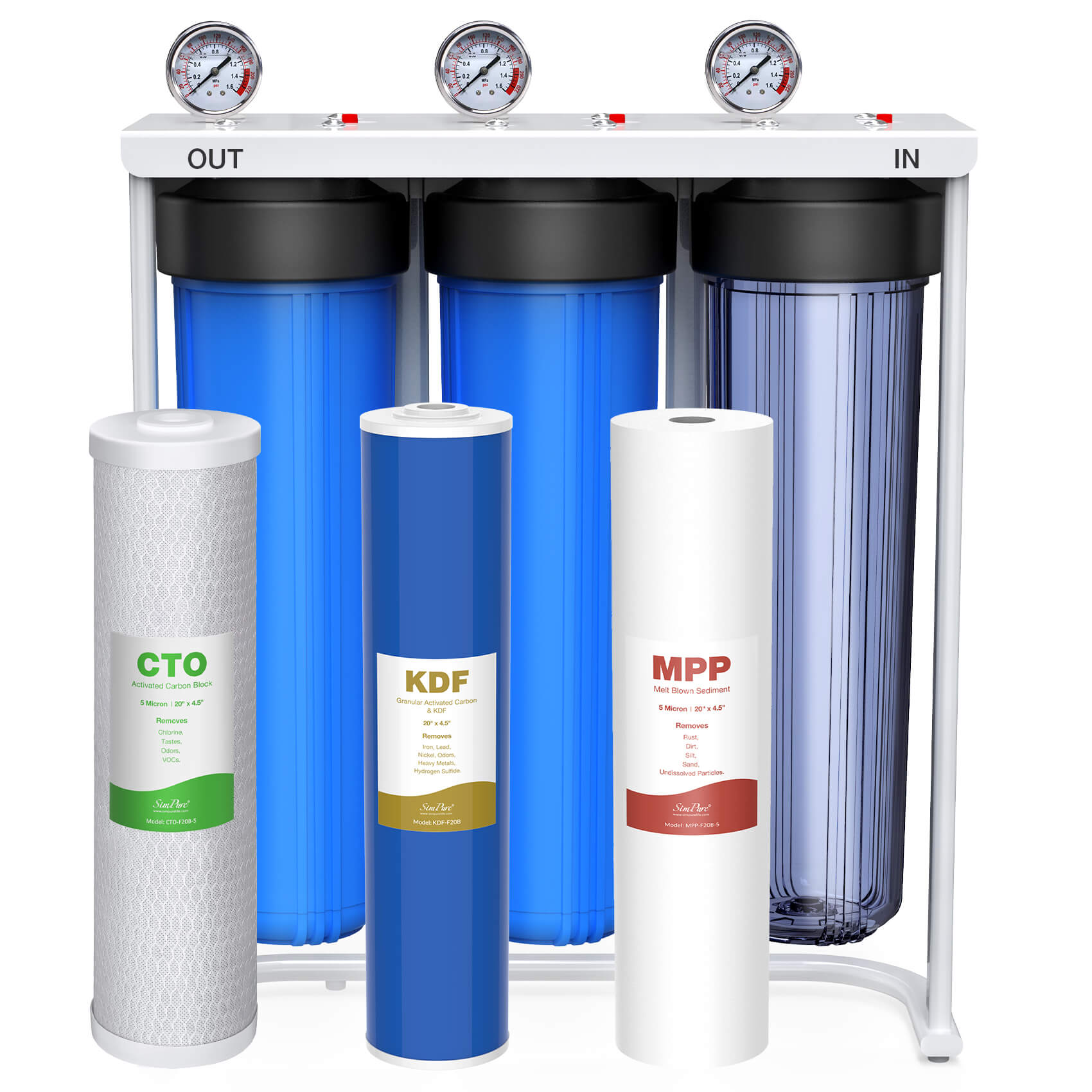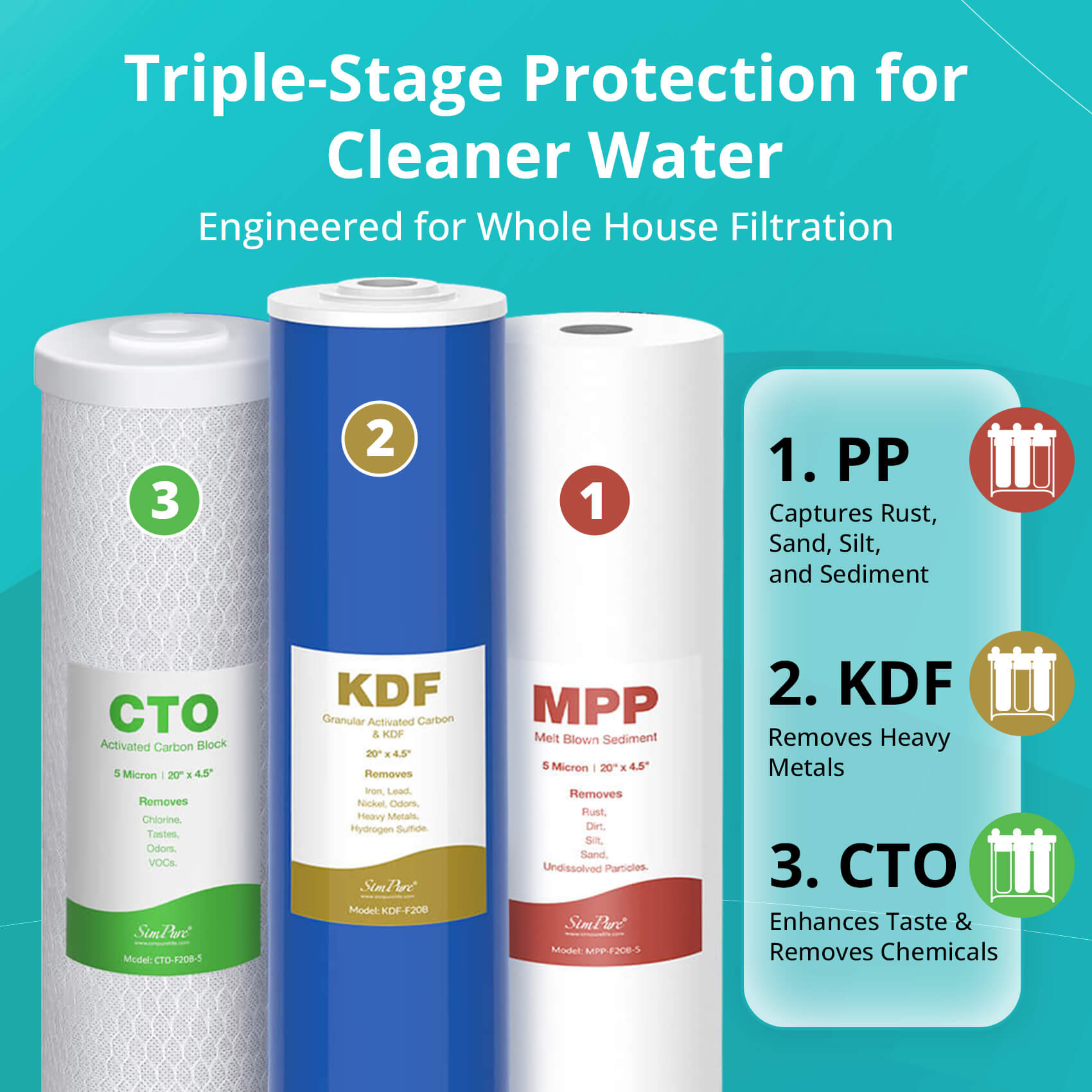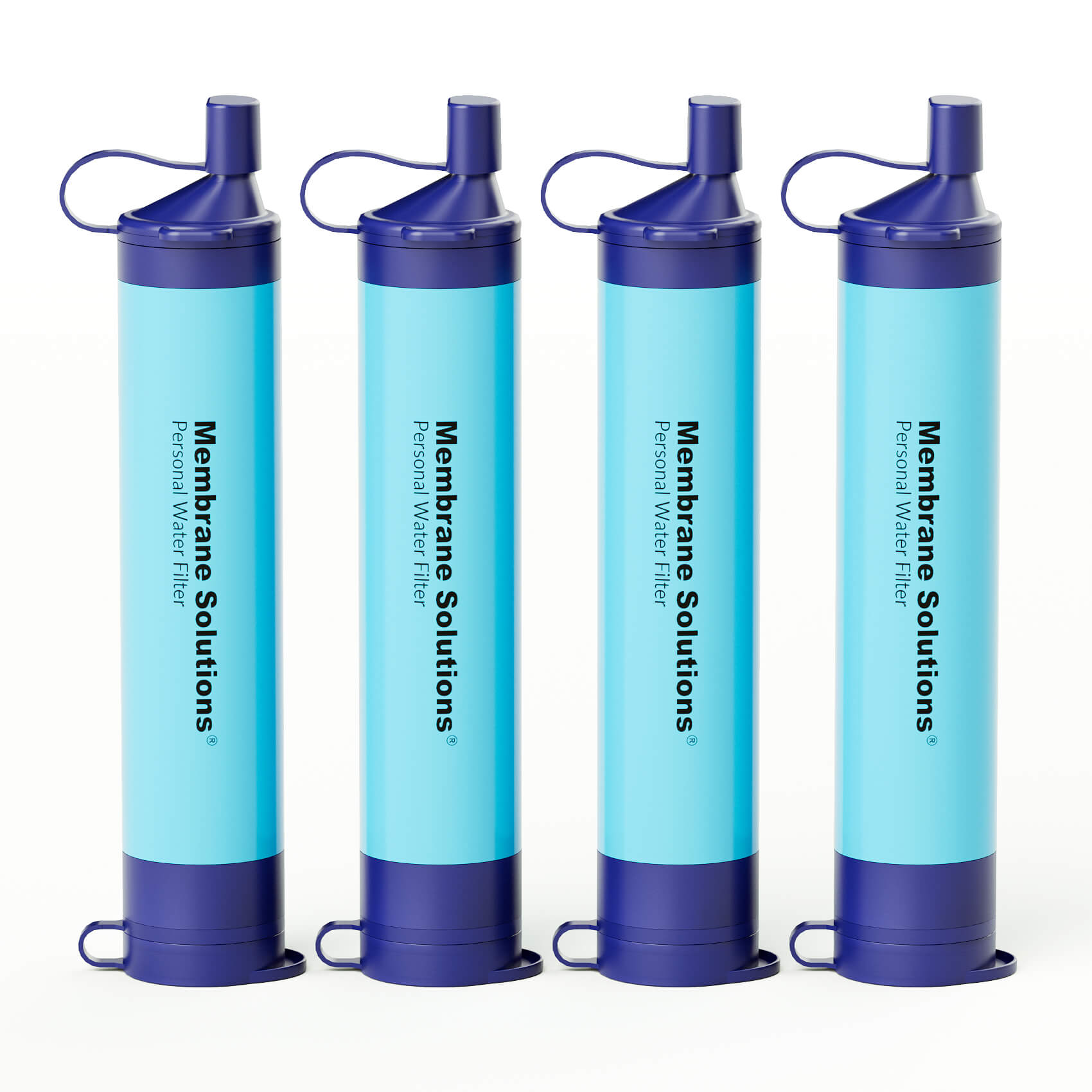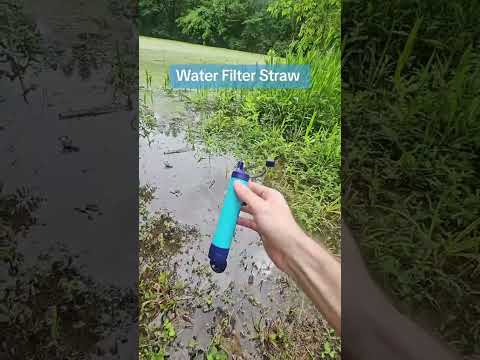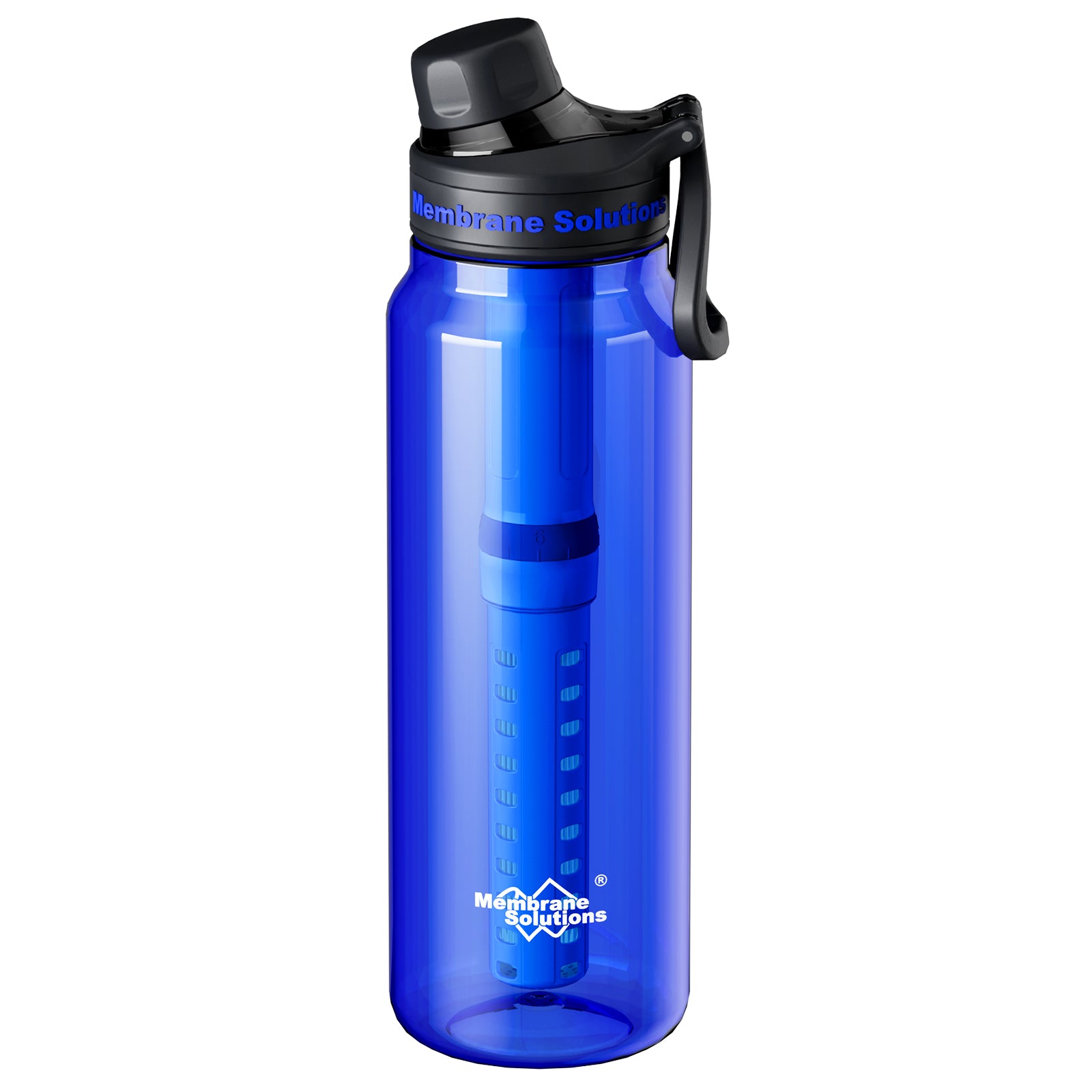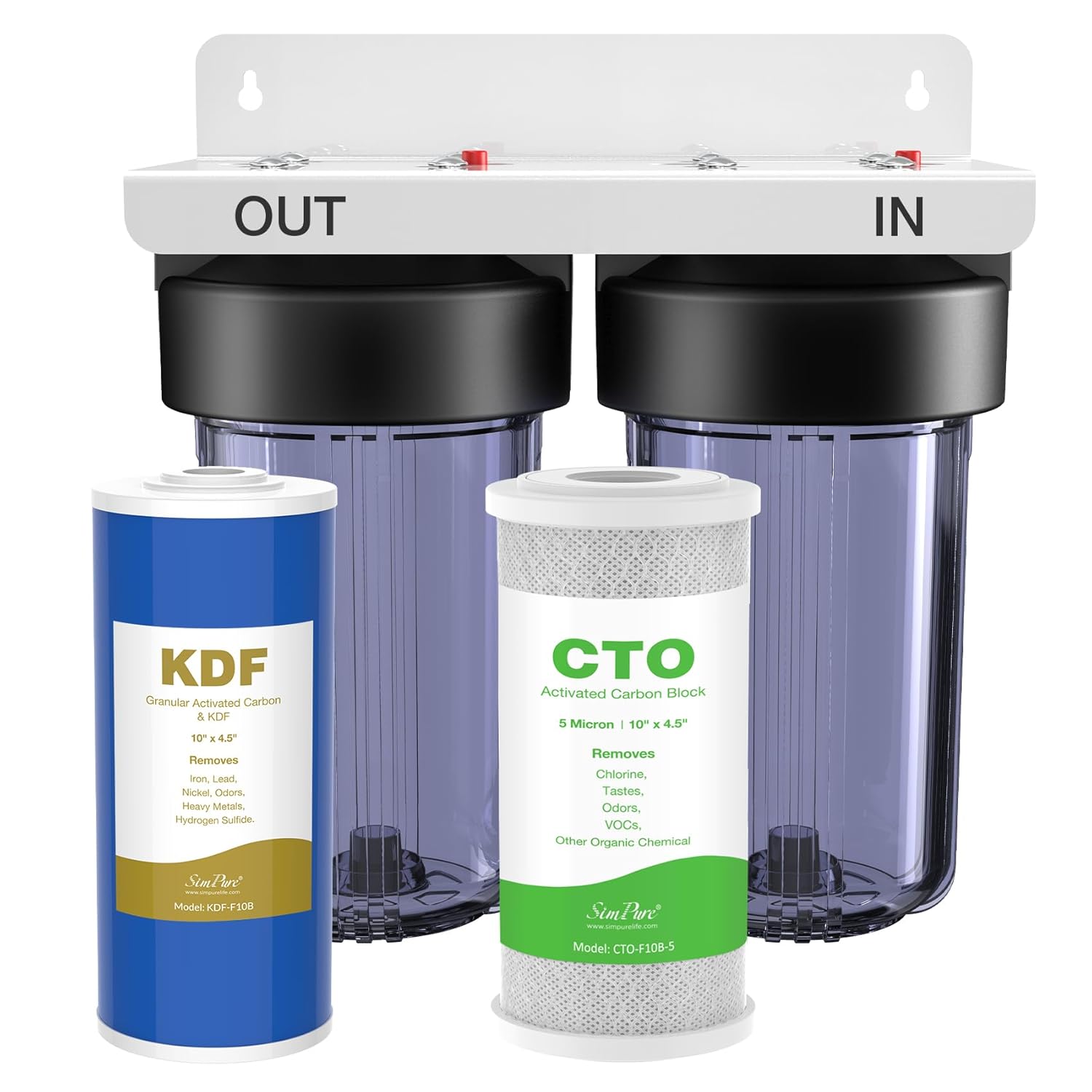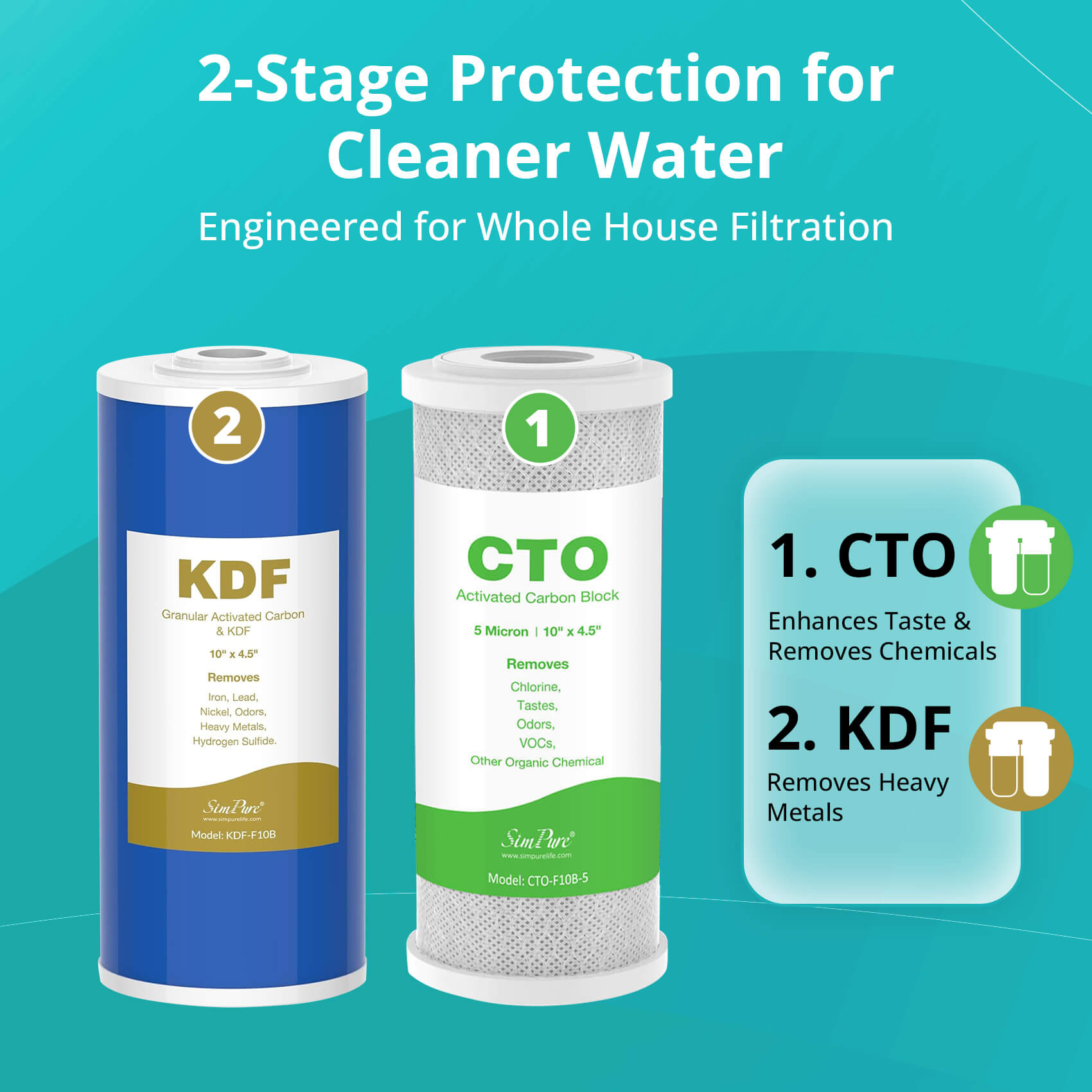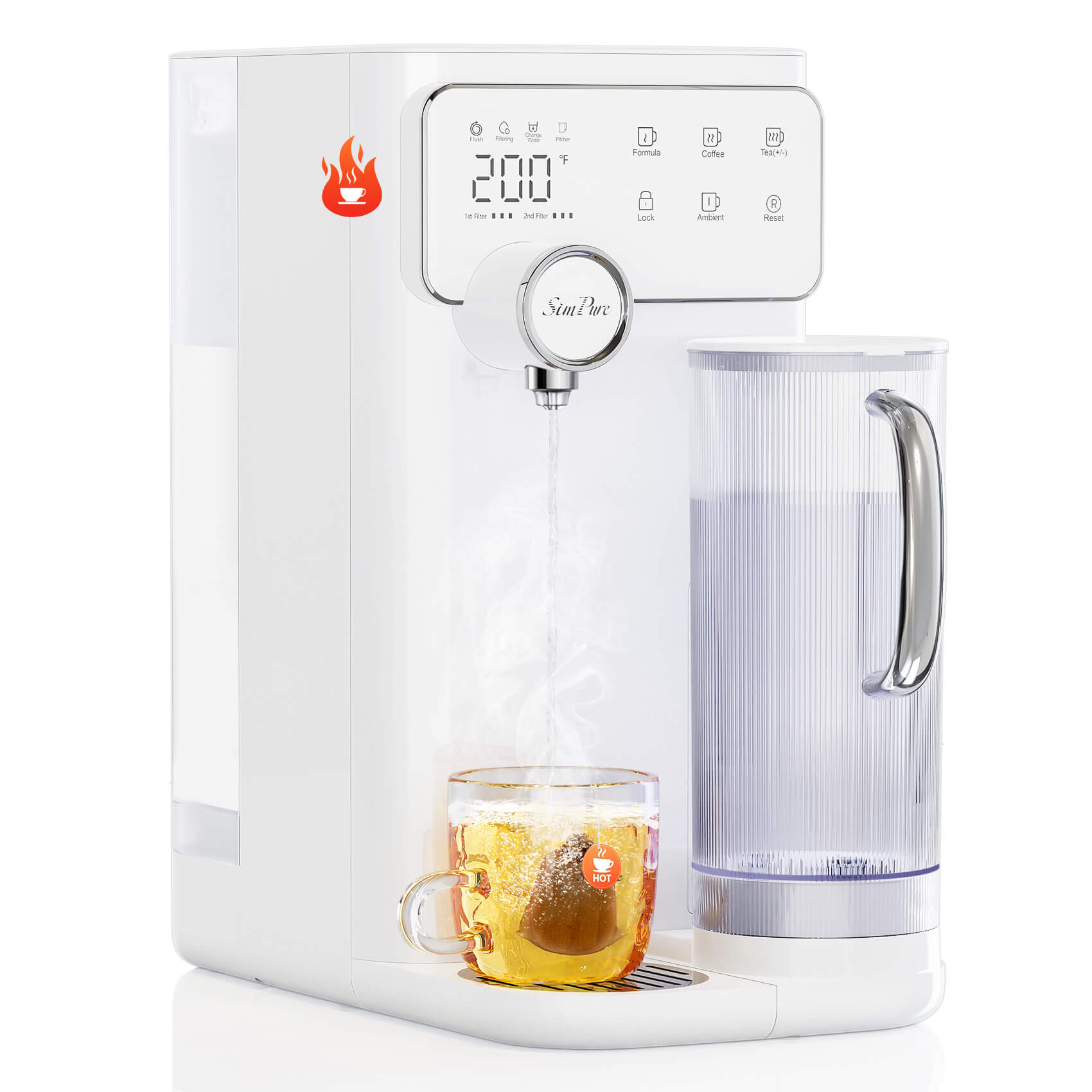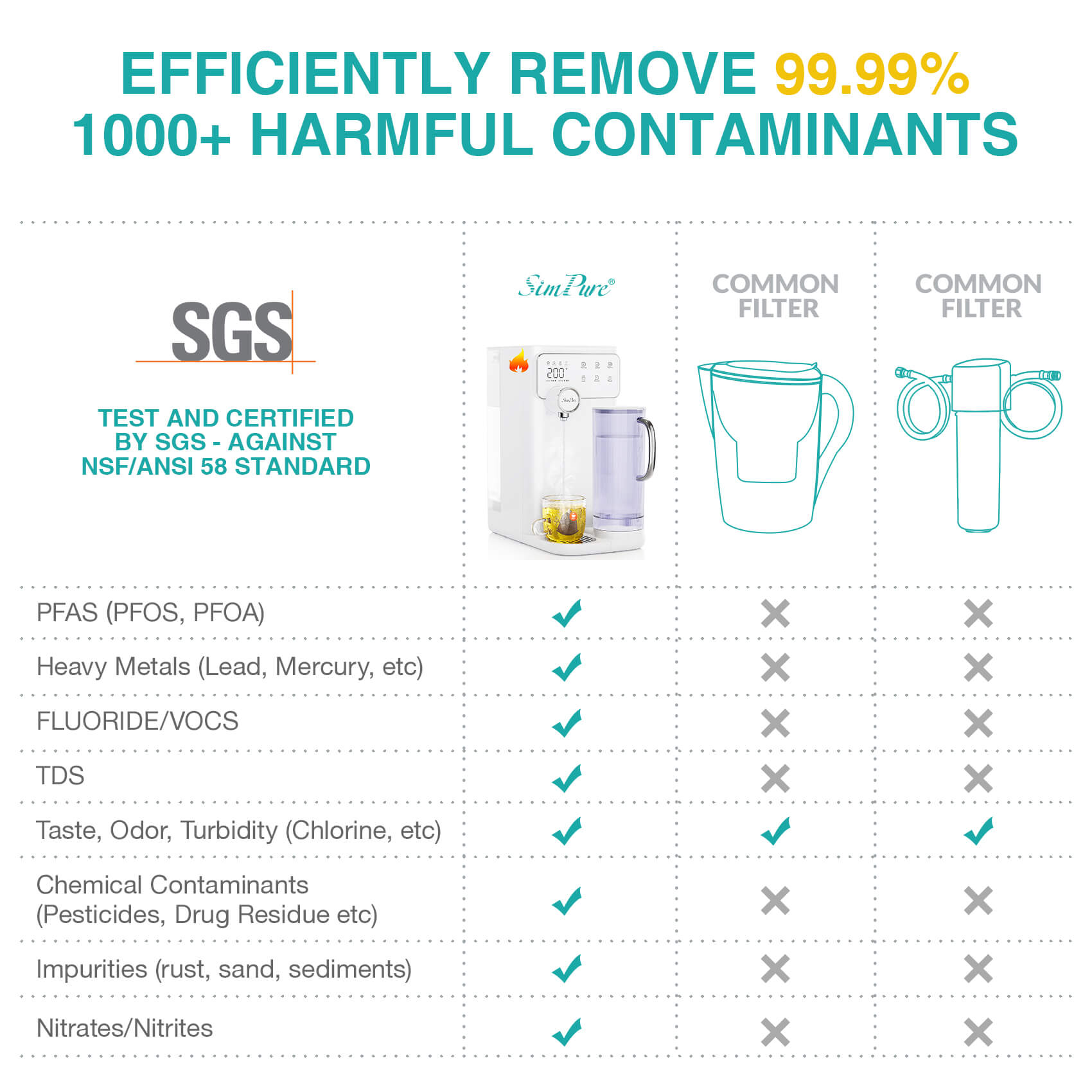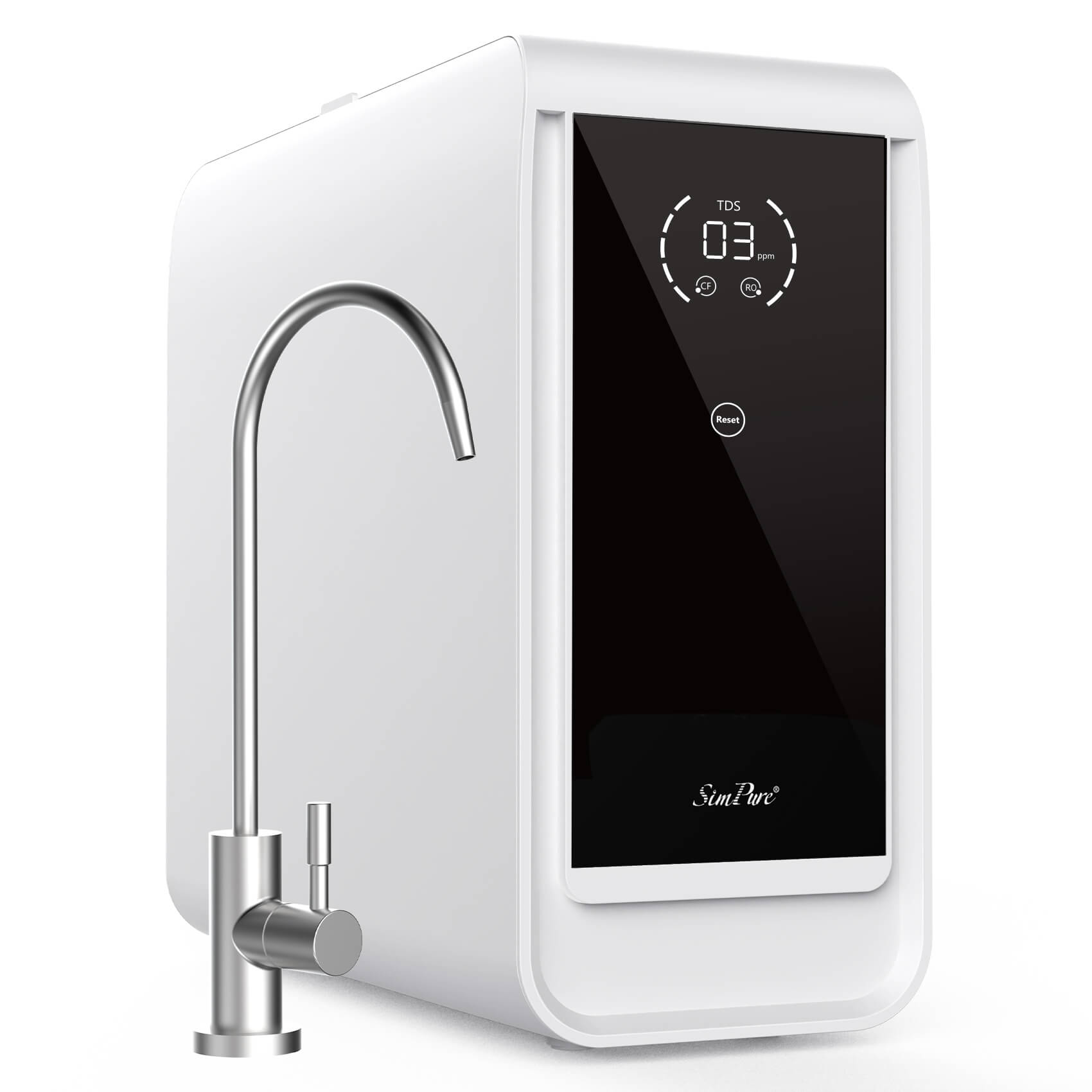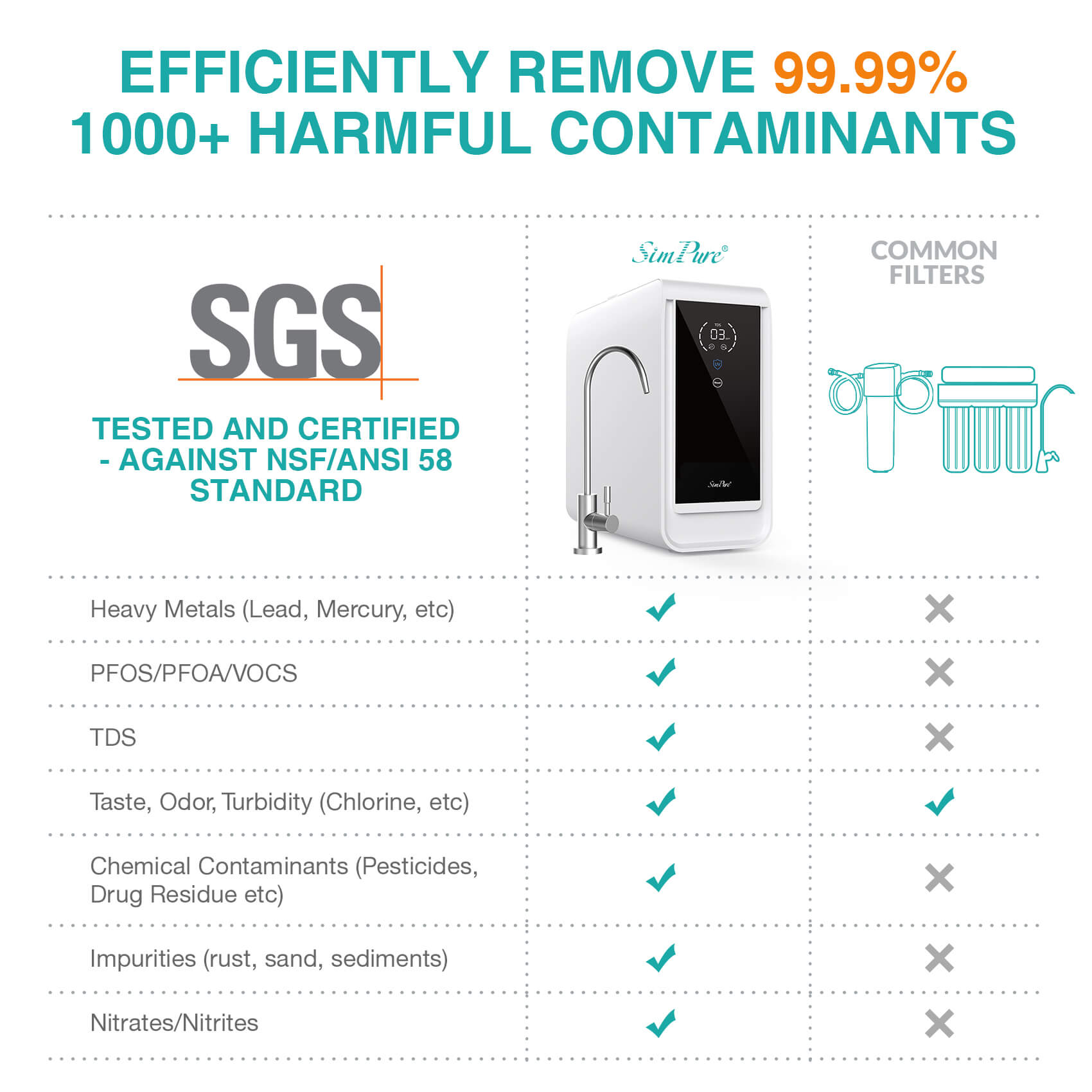As a proud provider of water filtration solutions, SimPure understands the significance of maintaining the highest standards when it comes to your drinking water. That's why we want to emphasize the importance of a commonly neglected step: flushing a new water filter. In this comprehensive blog post, we'll delve into the seven key reasons why do you have to flush a new water filter. In addition, we will provide you with proper techniques for flushing a new water filter.
Table of Contents
Reason 1: Remove Initial Carbon Dust and Particles.
Reason 2: Eliminate Air Pockets for Optimal Filtration.
Reason 3: Activate and Condition the Filter Media.
Reason 4: Ensure Clean and Fresh-Tasting Water.
Reason 5: Remove Any Manufacturing Residues.
Reason 6: Clear Out Potential Bacterial Contaminants.
Reason 1: Remove Initial Carbon Dust and Particles.
Flushing a new water filter is necessary to eliminate any initial carbon dust and particles. These impurities can accumulate during the production and packaging of the filter. If not flushed out, they can mix with your drinking water, affecting its quality and taste. Flushing the filter thoroughly removes these unwanted substances, ensuring that the water flowing through the filter is free from any potential contaminants.
Reason 2: Eliminate Air Pockets for Optimal Filtration.
One important reason to flush a new water filter is to eliminate air pockets, which can impede the filtration process. When a filter is first installed, pockets of air can become trapped inside, disrupting water flow and compromising the filter's effectiveness. Flushing the filter helps release these air pockets, allowing water to flow smoothly and evenly through the filter media.
Reason 3: Activate and Condition the Filter Media.
Initially, the filter media may contain dust, debris, or carbon particles from the manufacturing process. Flushing helps eliminate these impurities and ensures the filter media is clean and ready to function efficiently. By saturating the media with water, it expands and allows for better filtration. This process enhances the filter's ability to trap and remove contaminants, guaranteeing that the water you consume is purified and safe.
Reason 4: Ensure Clean and Fresh-Tasting Water.
Without flushing, the filter may contain residual impurities, which can furtherly alter the taste and odor of the water. By flushing the filter, these contaminants are eliminated, allowing water to pass through a clean medium. This process ensures that the filtered water is free from any unpleasant tastes or odors, providing a consistently enjoyable drinking experience.
Reason 5: Remove Any Manufacturing Residues.
When a new water filter is manufactured, there can be leftover residues and impurities from the production process. Flushing the filter helps to eliminate these unwanted substances, ensuring that only clean and purified water passes through. By removing manufacturing residues and impurities, the filter can function optimally and provide high-quality water.
Reason 6: Clear Out Potential Bacterial Contaminants.
One of the reasons for flushing a new water filter is to clear out any potential bacterial contaminants or growth that might be present. During the manufacturing or storage process, bacteria can find their way into the filter. Flushing the filter helps to eliminate these unwanted microorganisms, safeguarding the quality of the filtered water. By removing any potential bacterial contaminants, the filter ensures that the water you consume is free from harmful pathogens, reducing the risk of waterborne diseases and promoting overall health and safety.
Reason 7: Maximize Filter Efficiency and Lifespan.
By flushing, any air bubbles trapped in the filter are eliminated, allowing water to pass through smoothly. This promotes effective filtration by ensuring better contact between the water and the filter media. Flushing also removes any initial carbon dust or residues that might hinder the filter's performance. With regular flushing, the filter remains clean and free from clogs, ensuring its long-term efficiency and extending its lifespan for continued reliable filtration.
Proper Techniques for Flushing a New Water Filter
Now that you understand the importance of flushing a new water filter and the reasons behind it, let's shift our focus to the proper techniques for carrying out this crucial step. By following these techniques, you can ensure thorough flushing and set your filter up for optimal performance and longevity.
1. Use Cold Water for Thorough Flushing.
Using cold water for thorough flushing is essential when setting up a new water filter. Cold water helps to maintain the integrity of the filter media and prevents any potential damage or distortion caused by hot water. Moreover, cold water aids in removing impurities more effectively, ensuring a thorough flushing process.
2. Follow Manufacturer's Instructions for Proper Flushing.
Following the manufacturer's instructions for proper flushing is essential to ensure the best results and avoid any potential issues. Manufacturers design water filters with specific flushing requirements to optimize their performance. These instructions may include details on water temperature, flushing duration, and specific steps to follow.
3. Allow Sufficient Time for Complete Water Circulation.
One essential aspect of properly flushing a new water filter is to allow sufficient time for complete water circulation. This means being patient and allowing the water to flow through the entire filter system thoroughly. By giving it enough time, you ensure that all areas of the filter are adequately flushed, removing any lingering impurities or particles. This thorough water circulation maximizes the filter's cleaning capacity and ensures that it functions optimally for delivering clean and purified water.
4. Check for Any Remaining Particles or Debris.
To complete the flushing of a new water filter, it's vital to check for any lingering particles or debris. Despite a thorough flushing process, there may be trace impurities that can compromise the filter's efficiency. Take a careful look at the filter and if you spot any visible particles, rinse the filter again to eliminate them entirely. By performing this check, you guarantee a clean and effective water filtration system.
If you find that difficult to properly flush a water filter, you can also choose a automatically flushing water filter such as SimPure Y7P countertop reverse osmosis water filter dispenser. It has a One-touch Flushing Function, for how to use the new SimPure Y7P countertop water filter, just watch this video.
In conclusion, flushing a new water filter is an essential step in ensuring the highest standards of water quality and filtration. It ensures clean, fresh-tasting water by eliminating impurities and potential bacterial contaminants. Regular flushing also maximizes the filter's efficiency and lifespan, making it a cost-effective choice for long-term use. By following the proper techniques and checking for any remaining particles or debris, you can guarantee a clean and reliable water filtration system, providing you and your loved ones with safe and purified drinking water.


